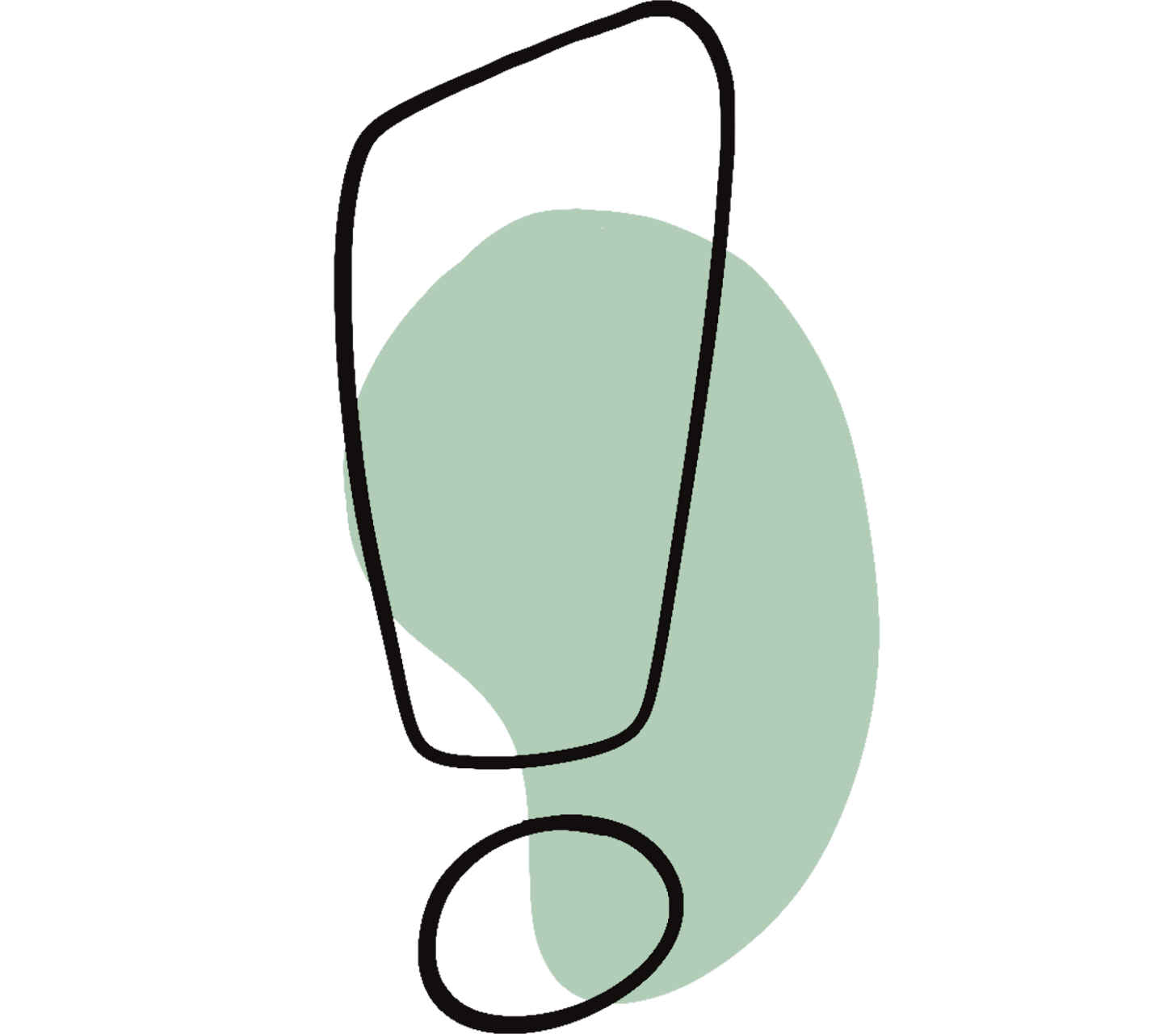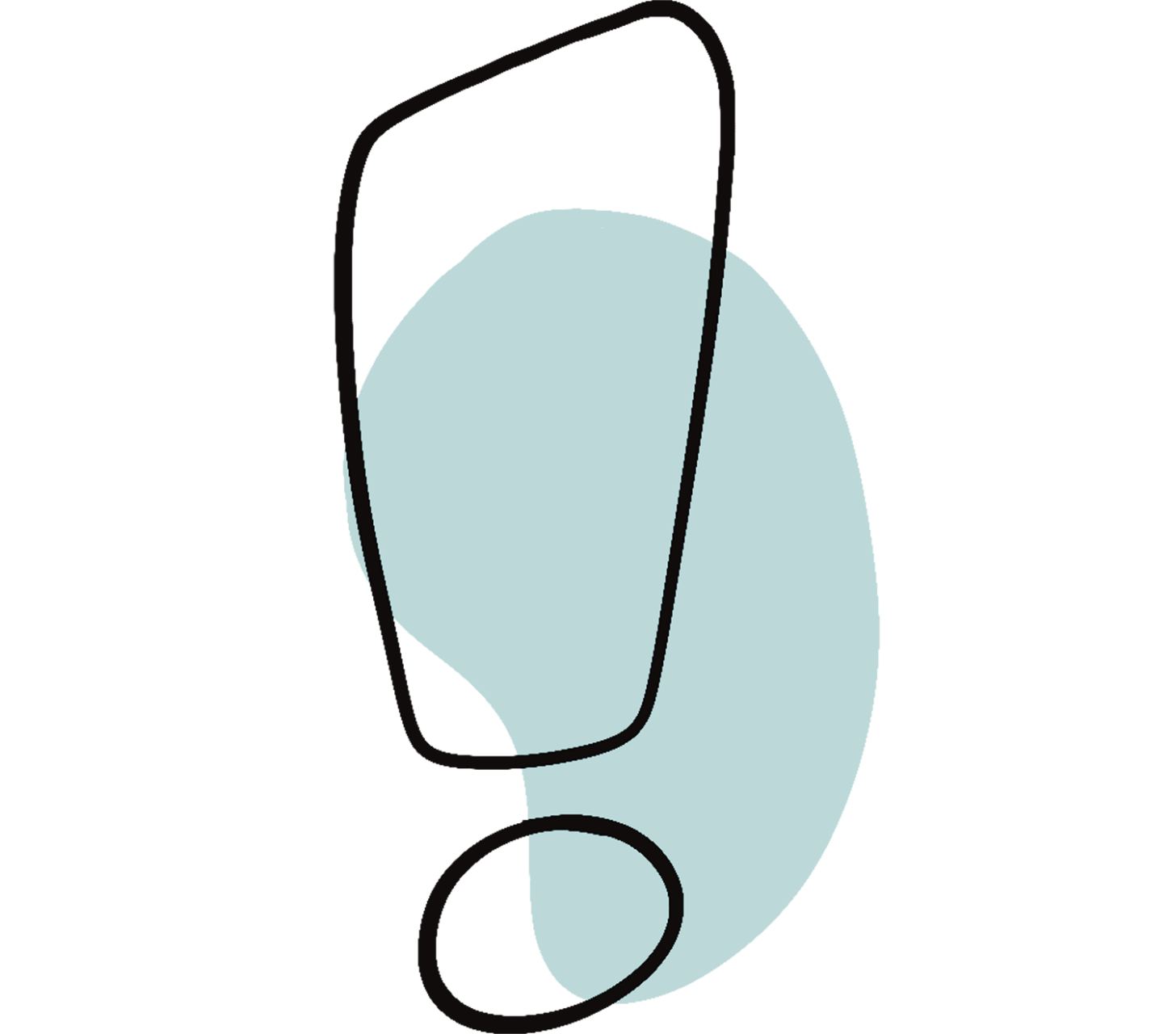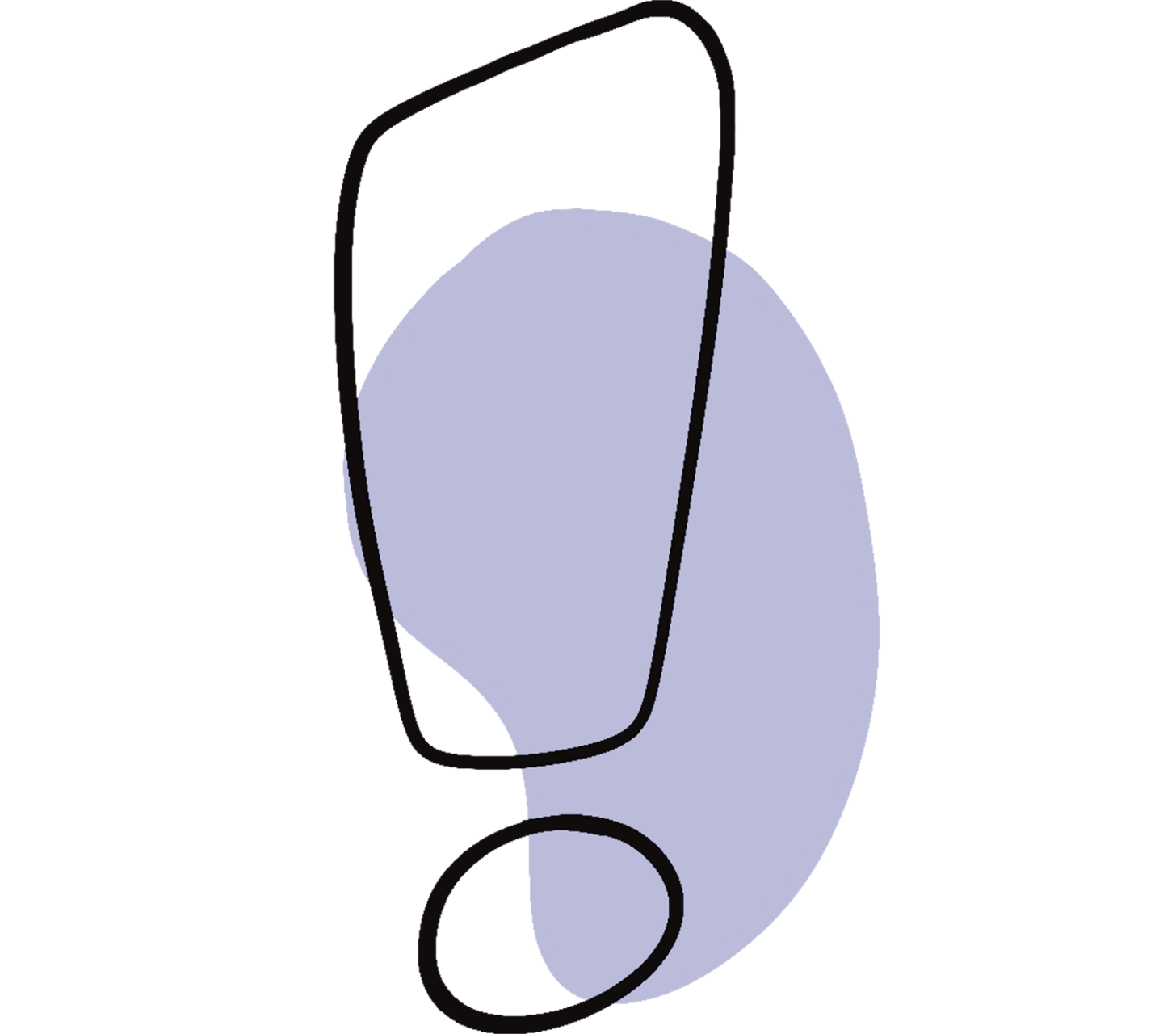- To prove facts: You state where your information comes from, ideally tracing it back to the original source. This not only respects copyright but also gives your readers the opportunity to examine methods and details for themselves.
Example: 90 percent of Wikipedia authors are male (Bayer 2013).
- To build on existing knowledge: In academia, you don’t have to reinvent the wheel. You cite to refer to the ideas, theories, and findings of others – allowing you to continue the discourse rather than starting from scratch.
Example: The term “invention” is often equated with the concepts of “discovery” or “creation” (cf. Müller, 1998, p. 13).
- To keep it concise: If something is already written elsewhere, a reference is usually sufficient. In academic writing, it’s common to trust the audience to either accept the claim or check the source themselves.
Example: Outreach services are a traditional methodological approach in social work. For centuries, almoners would visit people experiencing hardship to assess their needs and provide aid. At the same time, they were tasked with monitoring how the poor lived and preventing abuse of the support system (cf. detailed discussion in Sachße/Tennstedt 1980).
Quotes often serve several purposes at once:
Example: With regard to the use of ocean thermal energy for power generation, research on structural pipes between 1970 and 2000 focused on using water as a heat carrier. Heat transfer and resistance coefficients were measured [6–17]. Companies provided additional measurements using water [18, 19]. A few studies also examined gases as heat carriers [11, 20].
There are two types of quotations: direct and indirect. In both cases, you must always add a reference to show where the quotation comes from.
With direct quotations, you reproduce the original wording exactly. This is marked with quotation marks and a reference.
Example: “One of the main pioneers of this model is Goffman with his concept of stigma or stigmatization” (Metzler, 2011, p. 101).

With indirect quotes, you take ideas, results, etc. from another text but rephrase them in your own words. These also need a reference.
Example: According to Metzler, Goffman – who developed the concept of stigma or stigmatization – is one of the key early figures of symbolic interactionism (2011, p. 101).
There are many ways to cite in academic writing: footnotes, in-text references with author names and year of publication, numbers, or combinations of numbers and letters in square brackets.

How do I know which citation style to use?
- Ask your lecturers – they often have a preferred style you should follow.
- Learn about the conventions in your discipline. See our articles: Citing in the Social Sciences, Citing in Business Studies, Citing in Engineering and Natural Sciences.
- If your lecturers don’t specify a style, you can choose one yourself. It’s best to go with a well-documented style (DIN, Harvard, APA, IEEE etc.).
The bibliography includes all the sources you cited in your text – and only those. As it should allow readers to trace each source, the entries must be detailed enough to locate the exact work if needed.

The format of the bibliography depends on the citation style used. Sources are usually listed alphabetically.

That sounds easier than it is. Especially at the beginning of your studies, it can be difficult to recognize what counts as general knowledge. The good news: it gets easier over time. Until then, these rules of thumb may help:
You don’t necessarily need to cite:
- Things your readers are expected to know.
- What common sense would suggest.
- Content found in general reference works.
You must always cite:
- If an idea or result can be traced back to a specific author or study.
- If the statement is controversial or debatable.
- Any wording you copy exactly.
- If you include data from other research.
How do I cite correctly?
To cite correctly, you must reference the source both at the exact point in your text and in your bibliography.
How do I cite within the text?
There are different in-text citation styles. What matters is that you remain consistent throughout and follow the required style.
What exactly does it mean to cite?
Citing means that you reproduce part of a text – either word for word or in your own words. In academic writing, this must be done in a way that makes the original source traceable.
What must I cite?
Always cite when you use wording or ideas from other texts. You don’t need to mark basic knowledge from your own discipline as a quotation.
This article was published in August 2025 and last updated in November 2024.








